19 Ways You’re Annoying Your Dog Without Even Knowing It
Dogs are deeply intuitive creatures, but their way of seeing the world often doesn’t always align with ours. What we see as affection or harmless fun might feel overwhelming or frustrating to them. Sure, they rarely hold a grudge, but it’s better to be aware of these behaviors so you can love your dog the way they want you to. Here are some ways you might be annoying your dog without realizing it.
Yelling

Credit: iStockphoto
You may think raising your voice at the dog when it’s being mischievous would deter it. This strategy is not only ineffective; it’s counterproductive. Instead of helping them understand what they’ve done wrong, it actually scares them and creates anxiety or fear-based behavior. Dogs respond best to calm, firm commands and consistent reinforcement. If they misbehave, redirect them to the correct action and reward them for getting it right.
Teasing
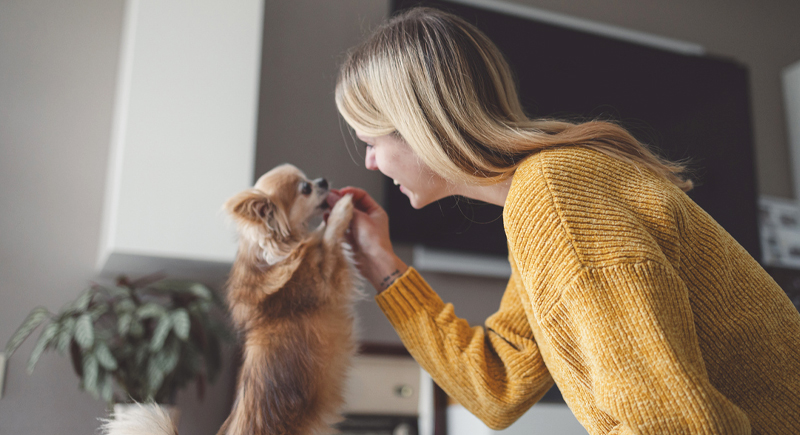
Credit: iStockphoto
Playing with your dog is all fun and games, but teasing—like pretending to throw a ball or holding a treat just out of reach—can frustrate them. Dogs don’t understand the joke and may even feel confused or even discouraged. Instead, engage them in interactive play they can trust, such as fetch or tug-of-war.
Hugging
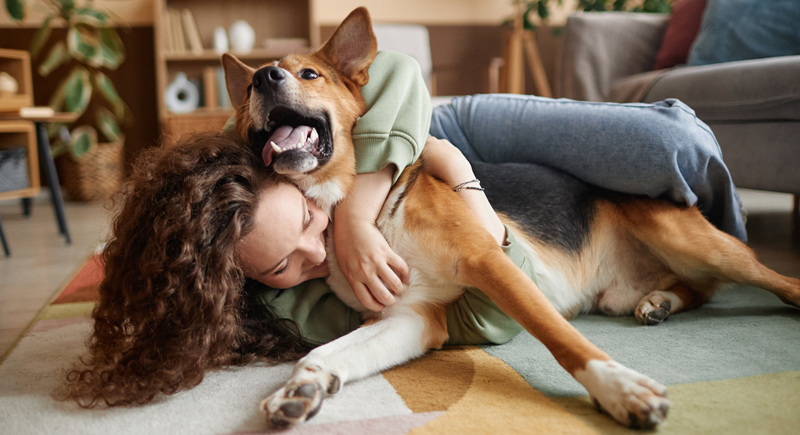
Credit: iStockphoto
This comes as a shock to many pet owners at first; dogs don’t view hugs as affection. To them, being tightly wrapped up can feel more like being restrained than being adored. Watch for signs like a stiff body or turned-away head if you hug your dog—they’re subtle ways they may be saying, “I’m not comfortable.”
Blowing on Their Face

Credit: iStockphoto
Dogs rely heavily on their noses, which contain over 300 million olfactory receptors compared to a human’s mere 5 million. Blowing in their face disrupts this sensitive sense and leaves them irritated or even alarmed. Plus, since dogs also use their whiskers for spatial awareness, blowing air disrupts multiple sensory channels at once.
Changing Their Routine
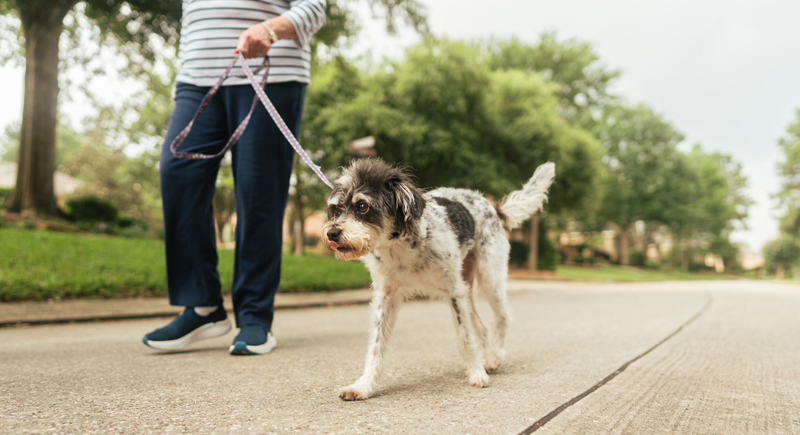
Credit: iStockphoto
Dogs thrive on consistency. Their internal clocks are incredibly sharp, which is how they anticipate mealtimes, walks, and even bedtime down to the minute. When routines shift—whether it’s skipping their morning walk or feeding them hours late—it can leave them anxious and unsettled.
Inconsistent Rules
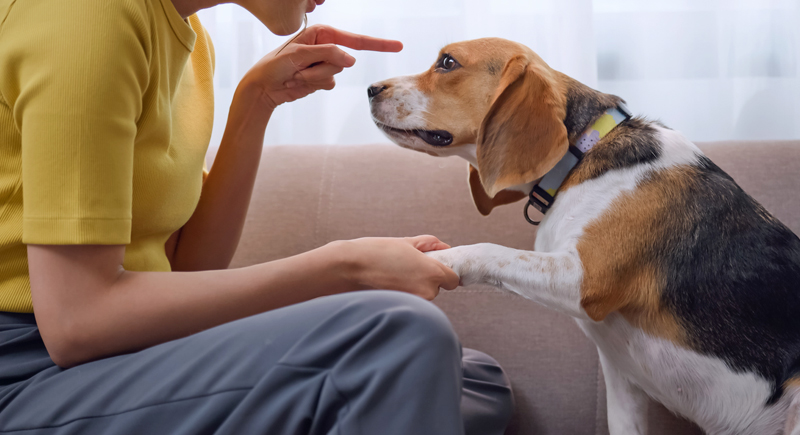
Credit: iStockphoto
Ever let your dog jump on the couch one day, only to scold them for it the next? Mixed signals like this leave your dog confused. Dogs do great when they know what’s expected of them, so do your best to stay consistent. If there are areas or behaviors that are off-limits, make sure everyone in the household is on the same page.
Leaving Them Alone for Long Periods
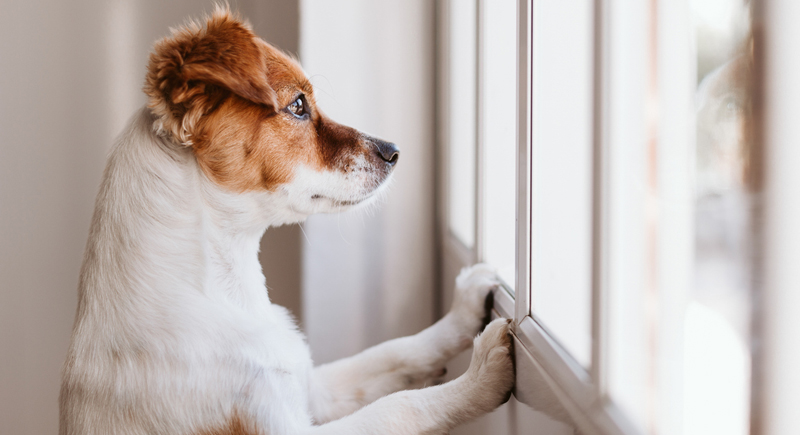
Credit: iStockphoto
Dogs are social animals that thrive on companionship. Leaving them alone for extended periods can lead to boredom, loneliness, or separation anxiety. In fact, separation anxiety affects 20-40% of dogs, especially those adopted from shelters. This may even manifest into destructive behaviors like chewing furniture or excessive barking down the road.
Forcing Interactions With Children
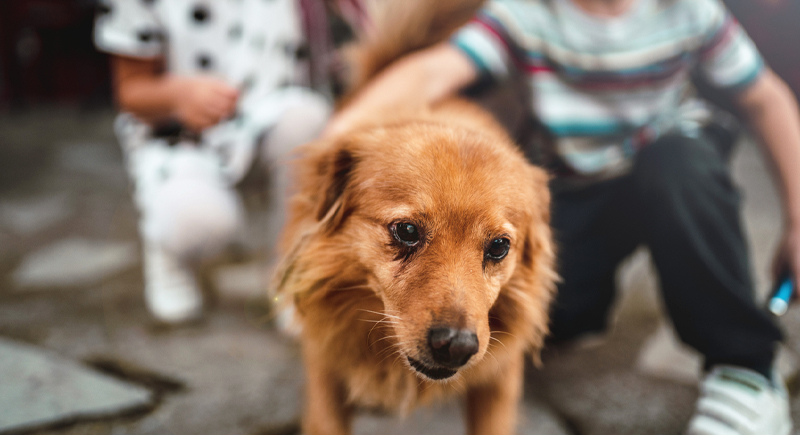
Credit: iStockphoto
Not all dogs are naturally comfortable around children. Kids’ unpredictable movements, loud noises, or unintentional roughness can make some dogs feel stressed or defensive. Always supervise interactions and teach children to approach dogs calmly, respect their space, and avoid behaviors like grabbing ears or tails.
Interrupting Their Sleep
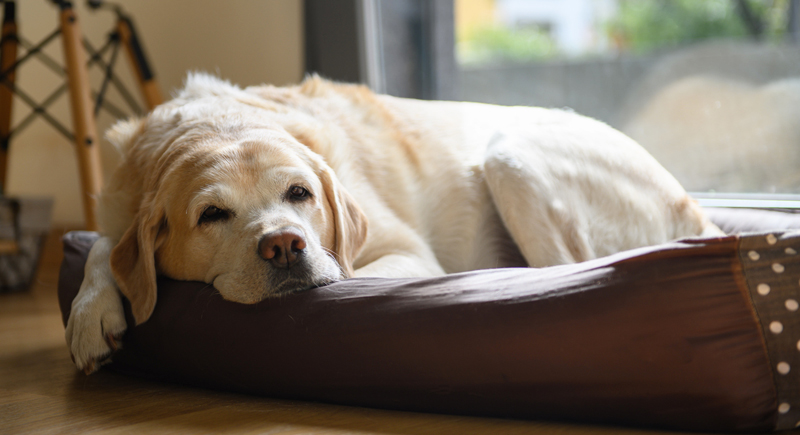
Credit: iStockphoto
Sleep is critical for dogs, just as it is for humans. It helps their bodies recover and their minds process the day. Puppies, senior dogs, and highly active breeds, in particular, need ample rest to stay healthy. Disturbing your dog while they’re sleeping—whether to reposition them or because they look “too cute”—can make them irritable or even startled.
Patting Their Head
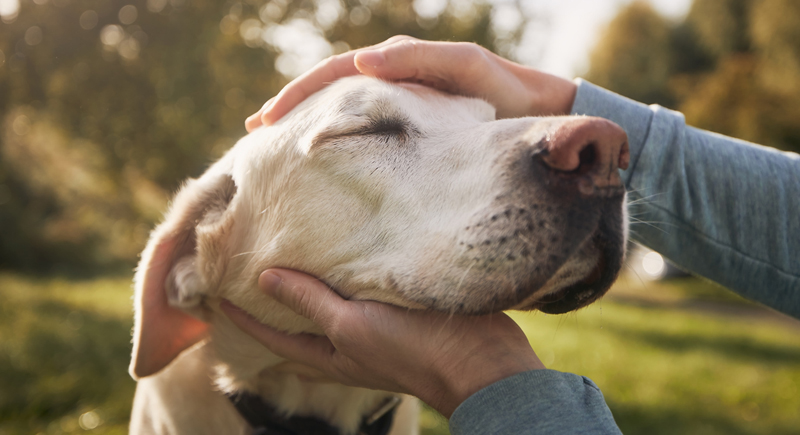
Credit: iStockphoto
While a pat on the head might seem like a universal sign of affection, most dogs don’t enjoy it. The head is a vulnerable area, and being patted there can feel intrusive. Instead, try petting their chest, sides, or the base of their tail—areas where dogs are more likely to relax and lean into the attention.
Making Prolonged Eye Contact
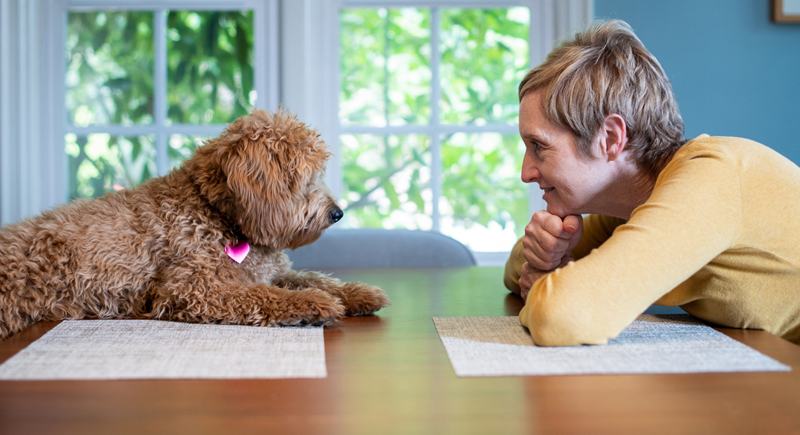
Credit: iStockphoto
For dogs, prolonged eye contact can be perceived as a challenge or threat. In fact, direct staring is part of canine body language used to establish dominance or ward off aggression. If you want to reassure your dog, soften your gaze, blink slowly, and look slightly away—these are calming signals they understand.
Tugging on the Leash
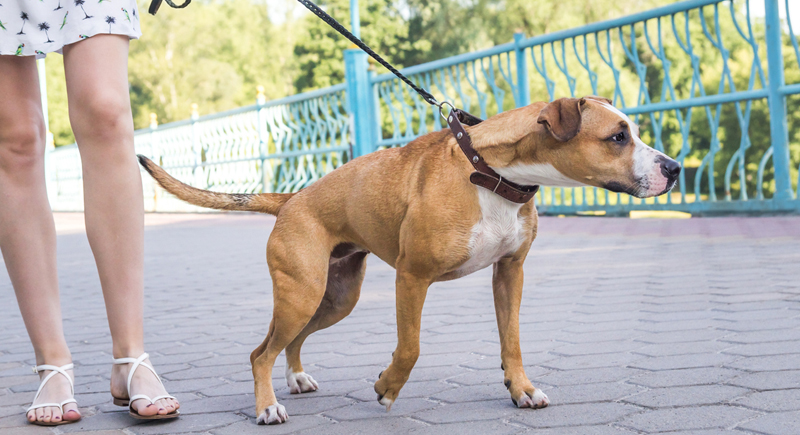
Credit: iStockphoto
Dogs walk a little differently than humans—they’re guided by their noses, not straight paths. Tugging on their leash interrupts their exploration and can even cause neck or back injuries. A no-pull harness and leash training can make walks smoother for both of you. Also, give your dog time to take in the environment.
Forcing Socialization
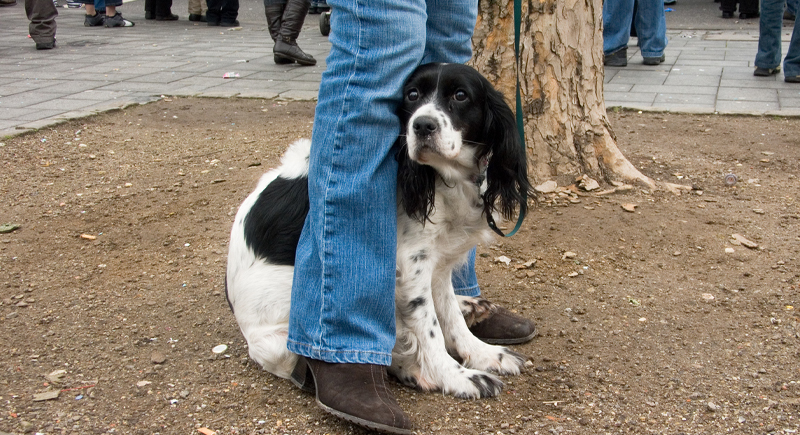
Credit: iStockphoto
Not all dogs are extroverts. Some dogs are naturally more reserved and prefer smaller, quieter interactions. Forcing your dog to interact with other dogs or people when they’re not interested can create a stressful–and potentially hostile–situation. Let them choose their own social pace, and don’t push them beyond their limits.
Ignoring Their Body Language
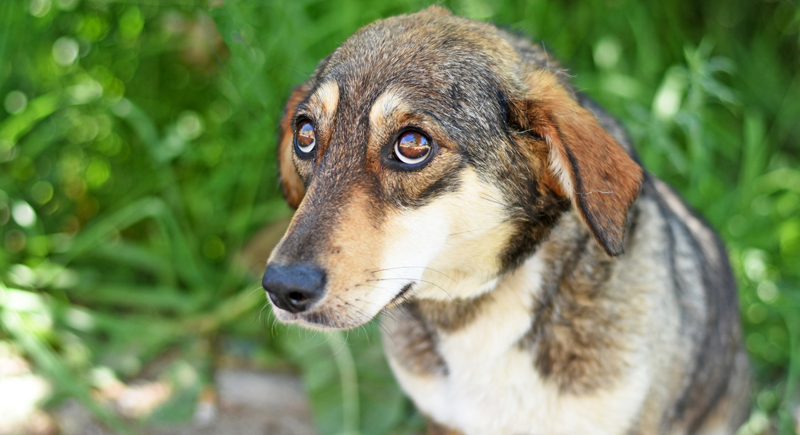
Credit: iStockphoto
Dogs “talk” through body language. They tell us when they’re scared, stressed, or content through signals like tail wagging, ear positions, and posture. For example, a wagging tail doesn’t always mean they’re happy—it can indicate excitement or even nervousness, depending on how it’s held. Being attentive to these cues can strengthen your communication.
Cutting Short Their Sniff Time
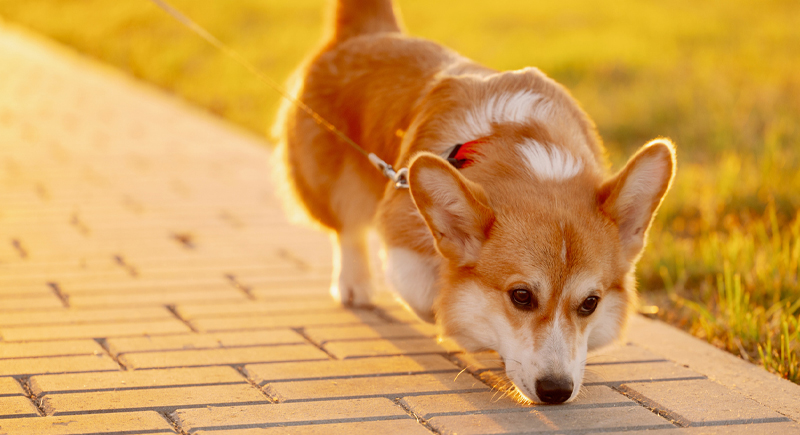
Credit: iStockphoto
For dogs, especially indoor ones, a walk is their only way of exploring the world. They sniff around on these dogs to gather information, much like reading the news. Pulling them away from an interesting scent can feel abrupt and disappointing. Let them linger a little; those extra moments of exploration can make their day.
Over-Grooming Them

Credit: pexels
A tiny sweater or costume might seem cute, but not all dogs enjoy playing dress-up. Clothing can feel tight, strange, or stressful, especially around their ears, paws, or tail. Even frequent brushing or constant trimming can turn a relaxing moment into something your dog tries to avoid. Grooming should stay short and positive.
Using Strong Scents Around Them
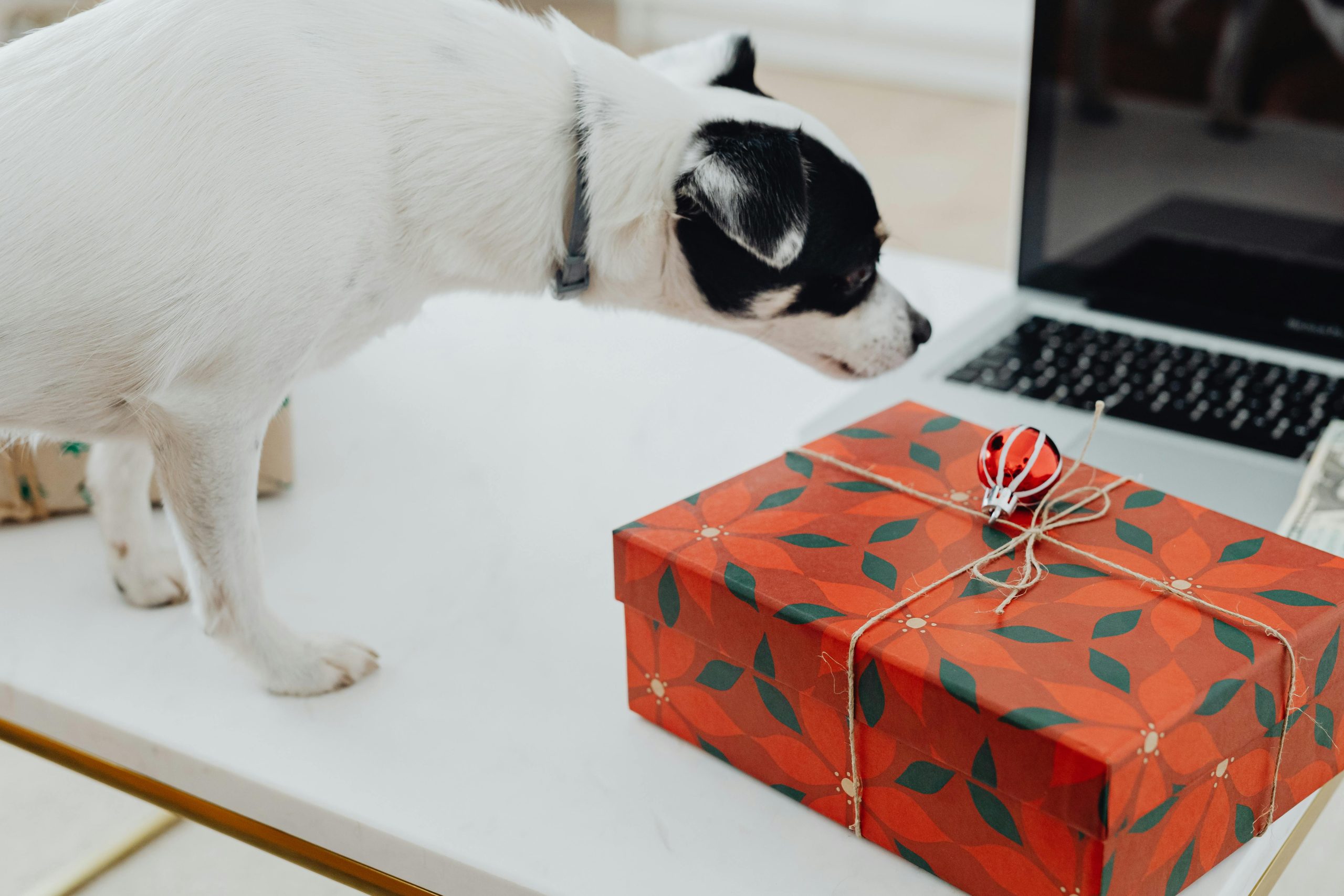
Credit: pexels
Dogs have an incredible sense of smell, and strong scents like air fresheners, candles, or cleaning sprays can overwhelm them. What smells nice to you can be harsh and irritating to your dog. Their nose picks up scents at a much higher intensity, quickly turning a cozy room into an uncomfortable place, so try to use mild or unscented products around their spaces. Avoid spraying near their bed, toys, or food bowls.
Using Too Much Perfume or Cologne

Credit: African Images
Dogs rely on smell far more than humans, so strong fragrances can feel overwhelming. Scents from perfume, sprays, or cologne can mask familiar smells and cause mild stress or confusion. If you enjoy fragrance, use gentle, pet-safe options and apply them away from your dog to keep their space calm.
Leaving the TV or Lights On All Night

Credit: Getty Images
While a glowing screen or background sound might seem comforting, dogs rest best in quiet darkness. Constant light or TV chatter can disturb their sleep and shorten rest cycles. Instead of bright rooms or loud noise, create a dim, peaceful space that helps your dog truly settle for the night.